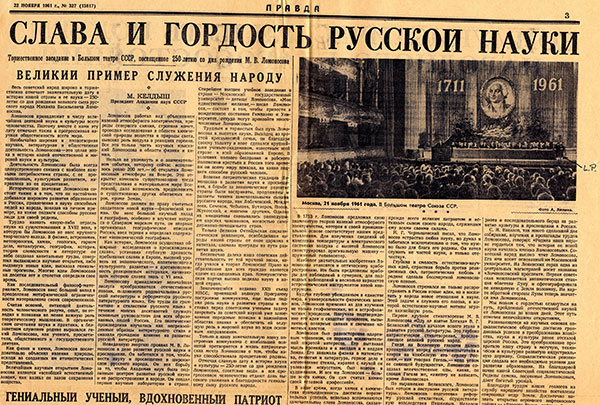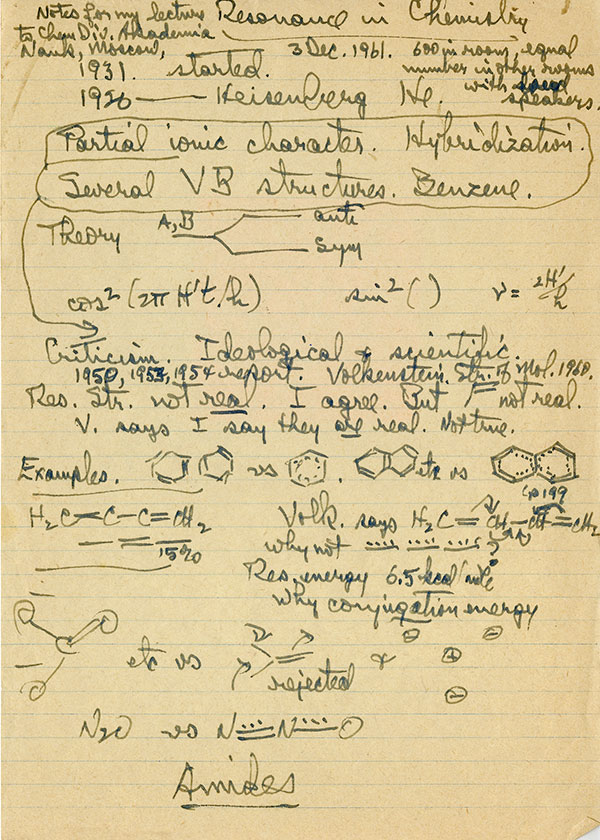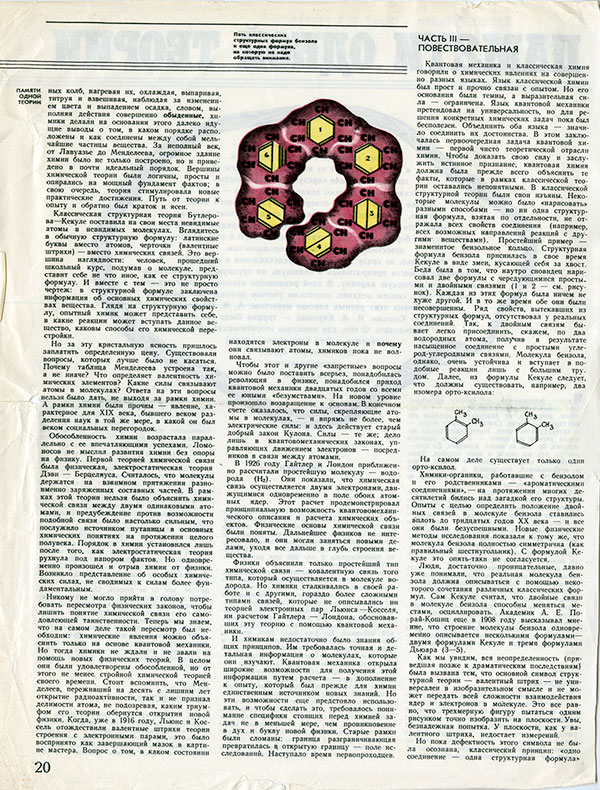As we have written elsewhere, Linus Pauling developed and championed the theory of resonance early on in his career. But for almost 20 years, the ways that metals might conform to the theory remained elusive. Even though he had a hunch that they too adhered to the tenets of resonance, he was not able to prove it definitively at the outset. Not until 1949, with the publication of “A Resonating-Valence-Bond Theory of Metals and Intermetallic Compounds” was he able to demonstrate that metals do resonate.
Pauling’s interest in metals dated at least as far back as his undergraduate years at Oregon Agriculture College and continued to flourish during his graduate training at the California Institute of Technology. Later in his career, when asked to reflect on his contributions to the field of chemistry, he often spoke of his early work with metals as being important. This was especially so with his work on metals and resonance.
“A Resonating-Valence-Bond Theory of Metals and Intermetallic Compounds,” which was published in the Proceedings of the Royal Society London, serves as an addendum of sorts to Pauling’s previous papers on the nature of the chemical bond. Even though Pauling’s theory of resonance had been well-received for several years, confusion still existed amongst chemists (including Pauling) about how the theory might apply to metals; particularly the iron-group transition metals. Pauling believed that, like other elements, resonance must be used to explain the way that these metals bond, but the specifics proved difficult to pin down.
Pauling had always aligned himself with the notion that the properties of an element were connected to the configuration of its valence electrons. For example, Pauling knew that the arrangement of valence electrons gave Carbon its stable tetrahedral properties and salts their ionic properties. Metals, however, were harder to define due to the fact that they “showed great ranges of values of their properties, such as melting and boiling point, hardness and strength, and magnetic properties.”
Pauling initially focused on magnetism, and from this work, it was determined that metals had a high ligancy of either 8 or 12. Ligancy, or the number of compounds that each metal could bond to, (often referred to as Coordination Number) is similar but still distinct from valency, and for the metals that Pauling was studying, a ligancy of 8 or 12 was higher than their valence. This discrepancy seemed to indicate that resonance could not be applied to explain how metals bonded. But Pauling still believed that resonance was the answer, and set about trying to confirm this belief.
In his quest to understand if or how metals resonated, Pauling first needed to clarify whether or not previous thinking about metals was correct. Prior to the publication of his 1949 paper, it was believed that the d orbitals did not participate in bonding with the iron-group transition metals, such as Manganese, Iron, Cobalt, Nickel, and Copper. Using these assumptions, Pauling modeled the predicted properties of such metals and found that they would have low melting points and weak bonds. The lab work indicated otherwise however, leading Pauling to conclude that the current understanding was incorrect, and that something else had to be going on with the bonds in order to account for their physical properties.
For several years, Pauling had been unable to devise a competing theory that would explain the unique properties of metals, but he felt certain that the answer would be revealed through the application of quantum mechanics. By specifically using the wave theory of quantum mechanics, Pauling calculated that metals used 8.28 orbitals instead of the expected 9. While he was sure that the math was correct, he struggled to understand what was accounting for the missing 0.72 orbitals, and for almost nine years he worked to reconcile the discrepancy. Ultimately though, he realized that 0.72 orbitals was, in fact, the answer he was looking for; they were what gave metals their unique properties.
In its essence, Pauling breakthrough was that the extra 0.72 orbitals was not a mathematical anomaly, but instead an extra orbital, one that he called a “metallic orbital.” The metallic orbital was, according to Pauling, “required” to give metals their “characteristic properties, especially that of electronic conductivity of electricity.” In Pauling’s view, substances lacking the metallic orbital that still maintained some metallic properties, such as electric conductivity, should be classified as metalloids.
Pauling’s conceptualization of the metallic orbital allowed him to subsequently reframe his understanding of resonance. When Pauling developed the theory, it was more specifically known as synchronized resonance; a state in which all bonds resonate in the same way and valence is undisturbed by the process. Pauling realized that, in order for metals to resonate, a different kind of resonance – unsynchronized resonance – would be needed. In unsynchronized resonance, instead of all bonds resonating simultaneously, a single bond could resonate on its own. In the case of metals this happened in the metallic orbital, and it was found that unsynchronized resonating metals conferred unusual stability and high ligancy.
Once Pauling made these connections, he was ready to publish his paper, which, first and foremost, sought to prove the existence of a metallic orbital. To do this, Pauling had to show that the existing understanding of valency was incorrect, and then to demonstrate that resonance – specifically unsynchronized resonance – could account for both the predicted and the observed properties of metals.
Using Lithium as his model element, Pauling explained that the current understanding posited a valence structure that consisted of 2s orbitals, and that this was the commonplace belief because, “the [proposed] molecular orbitals correspond to electron energies.” By using the wave function however, Pauling found that the assumed orbital structure did not correspond to observed electron energies. Specifically, he calculated that if Lithium had 2s orbitals, the predicted heat of formation would be much different than was the observed heat of formation; a calculated difference of 32.4 kcal/g. In short, the current understanding was incorrect.
Pauling’s next step was to use resonance to explain Lithium’s metallic properties, and to devise an arrangement of valence electrons that would match predicted energies with observed energies. Using the idea of unsynchronized resonance, Pauling suggested that if, instead of 2s orbitals, Lithium’s valence electrons were actually in resonance, this new arrangement could be “responsible for the difference in energy.” In other words, without resonance the electrons existed in a fixed energy state. But if the electrons were in resonance, their energy state would instead be a hybrid of all possible energy states. This circumstance, Pauling postulated, would confer lower energies to the molecule and bring predicted and observed energies into alignment. In the case of Lithium specifically, Pauling found that the valence electrons were in 2s orbitals, but also 2p orbitals. Pauling worked through different metals throughout the remainder of the paper to further support his thinking.
The theoretical work that Pauling put into this paper completed the framework for resonance. And interestingly, even though the ideas that he presented were accepted and widely used for decades, some of the math in the paper was not fully validated at the time. In fact, it wasn’t until 1984, when Pauling revisited the 0.72 orbitals, that the math was completed. By then Pauling had acknowledged that the calculations he used to get to 0.72 orbitals had been crude, and based on in part on educated guesses. But by the 1980s, many of the unknowns were known, which allowed Pauling to revisit the math with more precision and compare it to his work from the late 1940s. Using clean, contemporary data, Pauling confirmed that the new calculation was “in exact agreement with the observed value of 0.72.”
Filed under: Nature of the Chemical Bond | Tagged: Linus Pauling, metals, resonance theory | Leave a comment »































